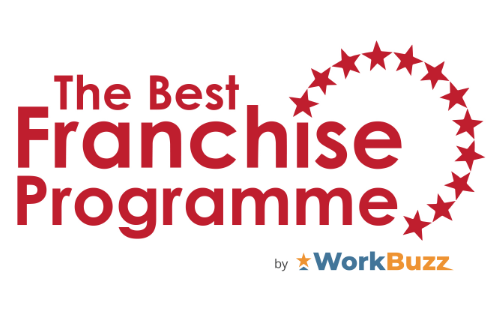Nothing has significantly impacted the hospitality industry more than fast-casual restaurants. They have changed the way people eat and how ingredients are sourced at chain restaurants. And with the global fast-casual restaurant market size being valued at $125.6 billion in 2019 and expected to reach $209.1 billion by 2027, there is no sign of it slowing down any time soon. Sanjeev Sanghera, Co-Founder and Managing Director of Döner Shack, the German street food brand, explains why fast-casual franchise restaurants have changed how we eat.
Forget trendy milk alternatives, the rise of avocado on toast, and the evolution of plant-based meals; fast-casual food has undoubtedly been the most influential food trend of the past decade. They have forced competing restaurants to adapt to the ever-changing consumer demands or face going out of business.
Growing up, we all heard the phrase ‘You’ll eat what I give you’ from our parents. And despite protesting about how much you didn’t like something, eventually, you begrudgingly did what you were told. That phrase pretty much sums up the restaurant industry before fast-casual brands came along. You ate what the chef put in front of you and exactly how the chef told you to eat it. You were not allowed substitutions, special requests or even a saltshaker. You were there to do one thing: appreciate the brilliance of the chef. However, fast-casual changed all that.
Allowing customers to take back control
Fast-casual restaurants have put dining back into the hands of the customer. They did this by designing menus to solve consumer needs. For example, with people more conscious of what they are eating and wanting food that is healthier, less processed, and more sustainable, fast-casual restaurants adapted their menus to meet this demand and therefore became a more appealing choice for many people. With consumers desiring healthier foods, fast-casual restaurants stepped up to supply the demand, offering healthier options and menu items prepared with fresher ingredients than fast food, creating unique flavours, fusions, and cultural inspiration to fit the taste of any consumer.
More sustainable food options
As well as this, people’s aspiration to be more socially responsible meant fast-casual brands have had to be/become more committed to sourcing local food and drinks. Increasingly, consumers want to know where their food is coming from and the ethical impact it has on the environment and labour around the world. They are looking to create environmentally conscious and ethical decisions when it comes to their food choices, which means alternative diets such as veganism and vegetarianism are now making their way into restaurant menus. Unlike fast-food brands, fast-casual restaurants promised an attractive space to eat, not some industrially lit environment with hard plastic chairs and loud metal surfaces, which all but encouraged you to eat up and get out. This happy medium between a fast-food restaurant and a high-end restaurant was embraced by customers who could enjoy eating in a relaxed, modern environment.
A great solution for time-poor people
Fast-casual brands also offer a great solution to time-poor people. With ‘busy culture’ creeping back into our daily work lives and the birth of the smartphone allowing us a constant stream of entertainment and information, suddenly, people had no time. Getting dressed up, making reservations, and then going out to sit in a restaurant for two to three hours was now an inconvenience. People want something quick, convenient and affordable, which is where fast-casual brands stepped in. In our Döner Shack restaurants we aim to serve a customer within five minutes. This ensures we deliver a high-quality, speedy service that will benefit our customers.
Taking advantage of technology
Fast-casuals capitalised on technology and innovation to ensure that they could meet the needs of their consumers. Restaurants developed apps which allowed people to earn rewards and even order ahead of time and avoid long queues and serve more customers, the goal of every restaurant. This was ideal for people who wanted to click and collect something for their lunch break. The apps also offered delivery services which meant customers no longer had to go to the food, it would come to them.
The popularity of fast-casuals did not go unnoticed by casual-dining or fast-food chains, both of which suffered at times during the rise of the counter format. They responded by cleaning up their ingredients, introducing more healthful options, adopting new technologies and sometimes even moving into the fast-casual category themselves. Despite the setbacks in recent years due to the pandemic, the fast-casual market continues to grow overall and influence other types of restaurants . At this point in its history, fast casuals can no longer be identified as a trend. They are a permanent fixture in the hospitality industry and are here to stay.

































